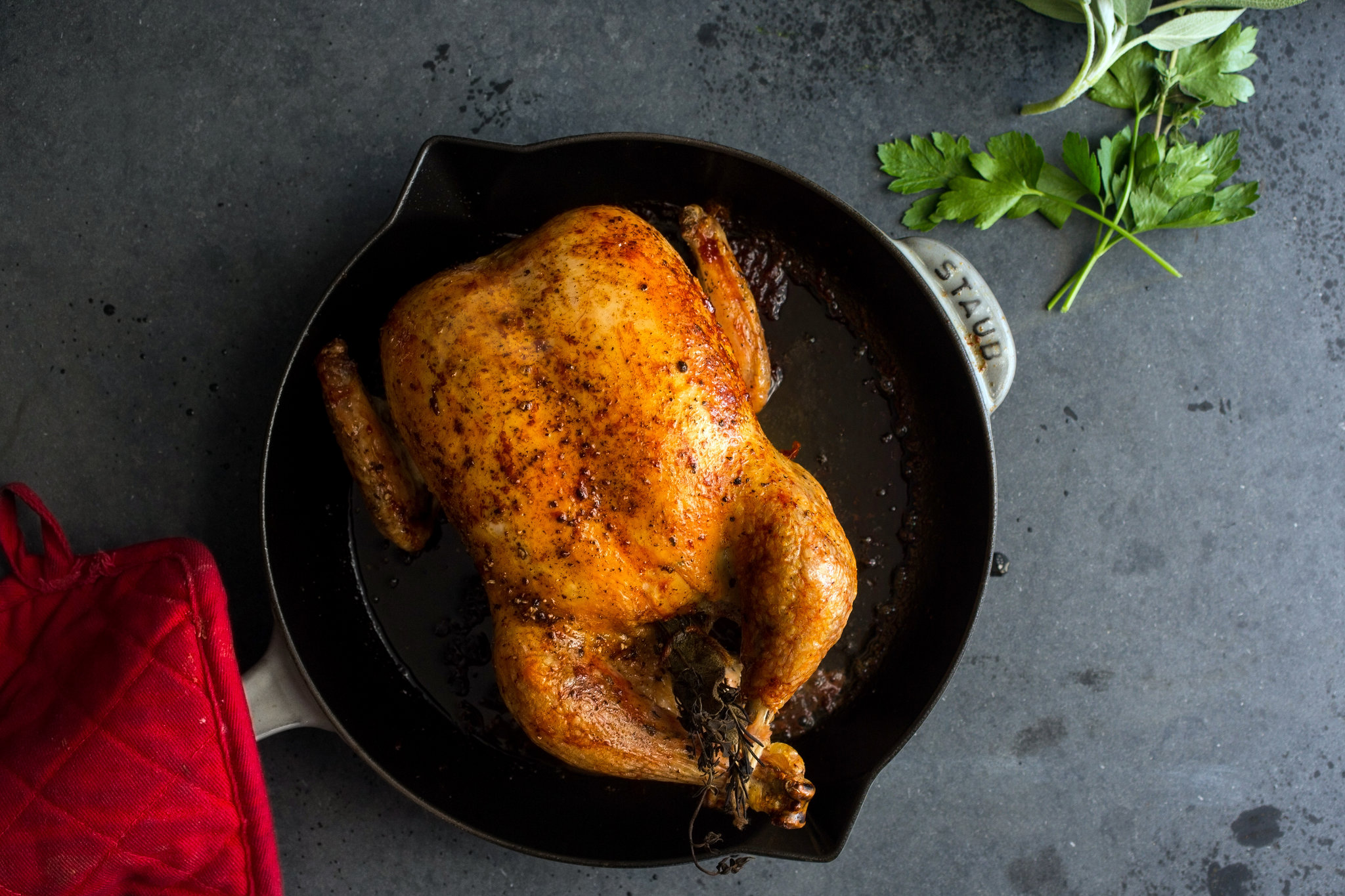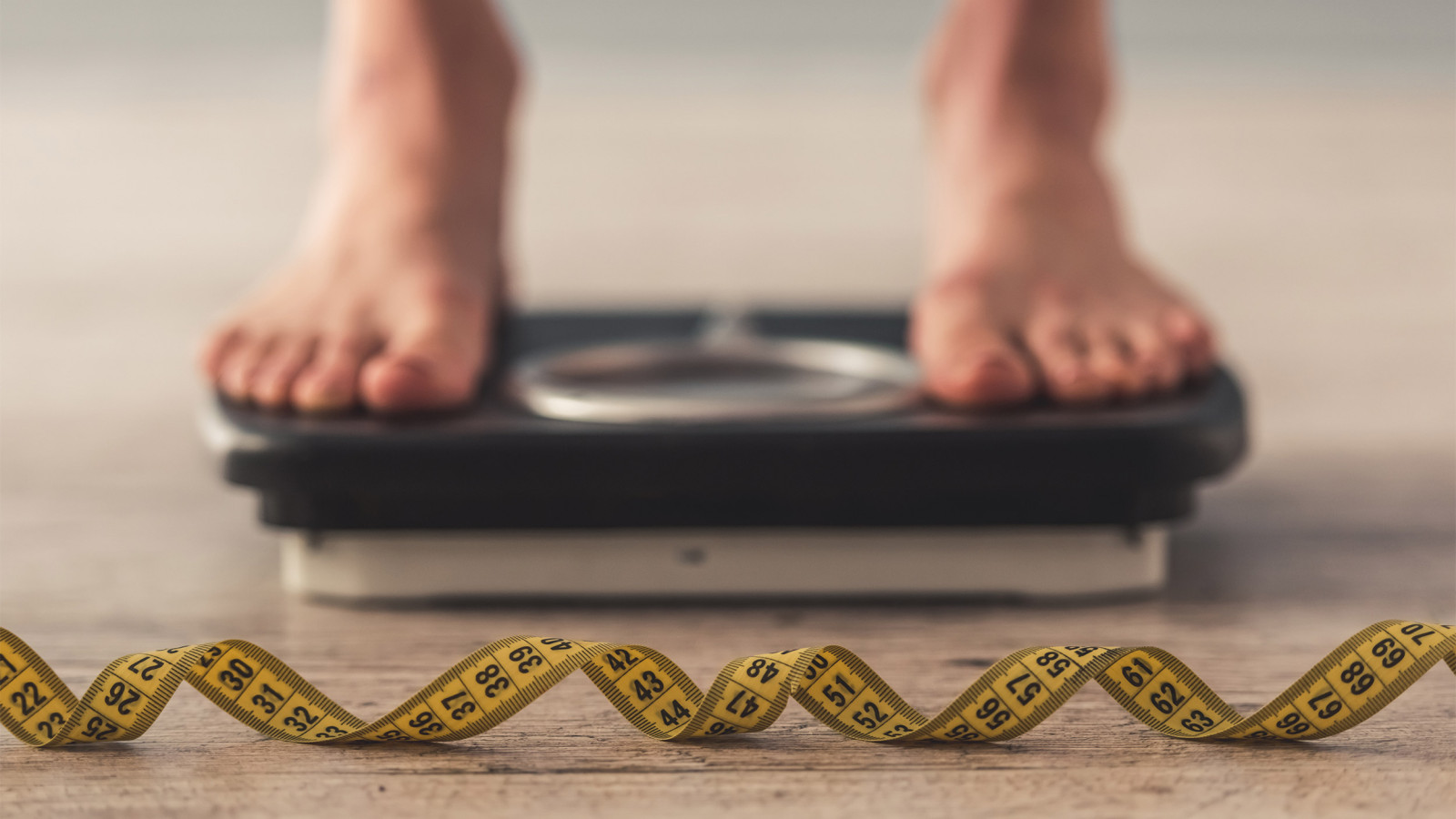
How Long Is Frozen Chicken Good For? Let`s Find Out
Chicken is a mainstay in most households for the following reasons:
- It is nutritious.
- It can be prepared in a variety of ways.
- Even the pickiest eaters are likely to be willing to consume it.
Unfortuitously, chicken also carries a significant danger of being contaminated with bacteria; as a result, it is vital to ensure that it is properly prepared, stored, and cooked. Here are some ways to keep your chicken fresh and (even more significantly) to keep you and your family from becoming sick if you are unsure how long frozen chicken is good for or how to defrost that frozen chicken safely.
How Long Does Chicken Remain Safe To Eat After Being Kept In The Refrigerator?
The spread of bacteria can be slowed by storing chicken in your refrigerator, but a fridge won't keep chicken edible for as long as you think it will. Raw chicken should not be stored in your refrigerator for longer than two days at a time, as recommended by the United States Department of Agriculture (USDA). The same guideline is valid for fresh turkey as well as other types of fowl. However, fully cooked fowl can be stored in the refrigerator for up to four days after being prepared. If you need to preserve raw chicken for more than two days (or chicken leftovers for more than four days), the best place to keep it is in the freezer.
How Do You Know If The Chicken You Have Is Still Good?
There are a few indications that the chicken you have should not be consumed and should instead be discarded. Chicken that has been out of date for longer than its expiration date is probably not safe to consume in any form, whether raw or cooked. Alterations in color, smell, or texture can also be indicators of spoiled meat; however, a change in color by itself might not always indicate that the meat has gone bad. When the chicken begins to take on a color that is between grey and green, you will know that it is past its prime. Any poultry that exudes an acidic odor or has a slimy consistency should also be thrown away.
What Are Some Best Practices For Storing Chicken In The Freezer?
According to the United States Department of Agriculture (USDA), an uncooked whole chicken can be stored in the freezer for up to a year (or for nine months if it is diced up), and it will still be safe to consume. Even while chicken that has been cooked can't be preserved for quite as long, you may still keep it in your freezer for up to six months if you want to.
What Are The Best Practices For Storing Chicken In The Freezer?
Even while it is okay to freeze raw poultry in the packaging in which it was purchased, it is best to transfer it to a container that can be placed in the freezer.
It is entirely safe to freeze raw poultry in its original packaging; however, plastic-wrapped containers are porous to air, which may cause the quality of the chicken to deteriorate with time. Freezer burn may be avoided by storing the chicken properly, which also helps to keep its quality. The United States Department of Agriculture (USDA) suggests adding an additional layer of aluminum foil on top of the plastic wrap that was originally applied to the container so that it can be kept for a longer period of time. You may also remove the chicken from its packaging and place it inside a freezer bag, after which you would deflate the bag as much as possible before closing it. A vacuum-sealed package that has not been opened can be kept in its current state in storage.
What Is The Correct Method For Defrosting Chicken?
The United States Department of Agriculture (USDA) outlines three different approaches to thawing frozen chicken. The approach that involves using the refrigerator is the most secure and is the one that is suggested the most, but it does require some advanced preparation. Move your wrapped frozen chicken from your freezer to your refrigerator at least 24 hours before you plan to consume it in order to defrost it using your refrigerator. After it has been thawed, you can store your chicken in the refrigerator for another day or two before preparing it. It is also possible to re-freeze it before eating it, however, this may cause the quality to suffer slightly.
The meat can also be defrosted using the cold water approach, which works considerably more quickly than the other methods but requires more careful monitoring. To utilize this technique, you will need to fill a big bowl with cold water and then submerge the frozen chicken in the water while ensuring that it is sealed in an airtight container. Small packages can defrost in as little as an hour, whereas a full chicken weighing three to four pounds will take anywhere from two to three hours to defrost completely. During the remaining thawing time for the chicken, make sure that the water is changed every 30 minutes, and after the chicken has fully thawed, it should be cooked right away.
How Do You Ensure That The Chicken Is Fully Defrosted?
The chicken should be defrosted in the refrigerator or by using the water method for the best results. If everything else fails, you can always use a microwave.
The microwave approach, which entails removing the chicken from its packaging and placing it in an oven cooking bag or in a container that is safe for use in the microwave and is covered, is the way that is the quickest. If you are cooking a complete chicken, use the defrosting setting or a medium-high setting (70 percent power), and cook it for nine to ten minutes per pound. For chicken breast halves, reduce the cooking time to six to eight minutes per pound. When using the microwave to thaw chicken, just like when using the cold water approach, the chicken should be consumed as soon as it is thawed.
The United States Department of Agriculture (USDA) advises that although it is safe to cook items that have been frozen, it would likely take around 50 percent longer to cook the chicken than it would take to cook chicken that has been fully thawed.


















